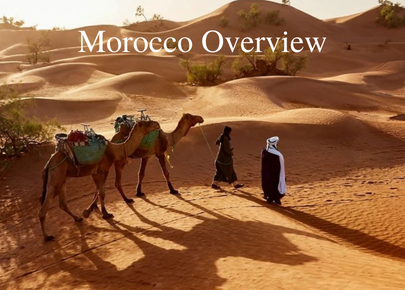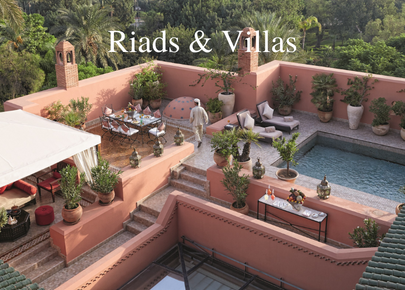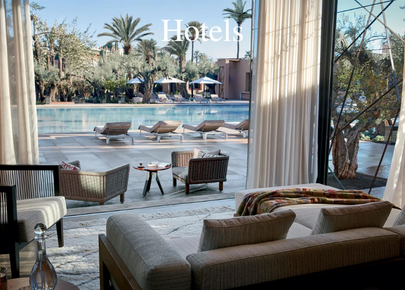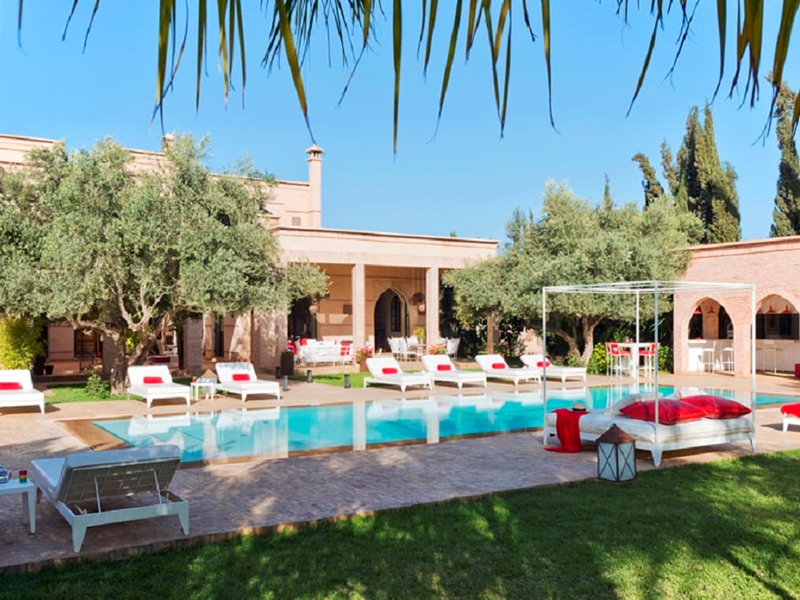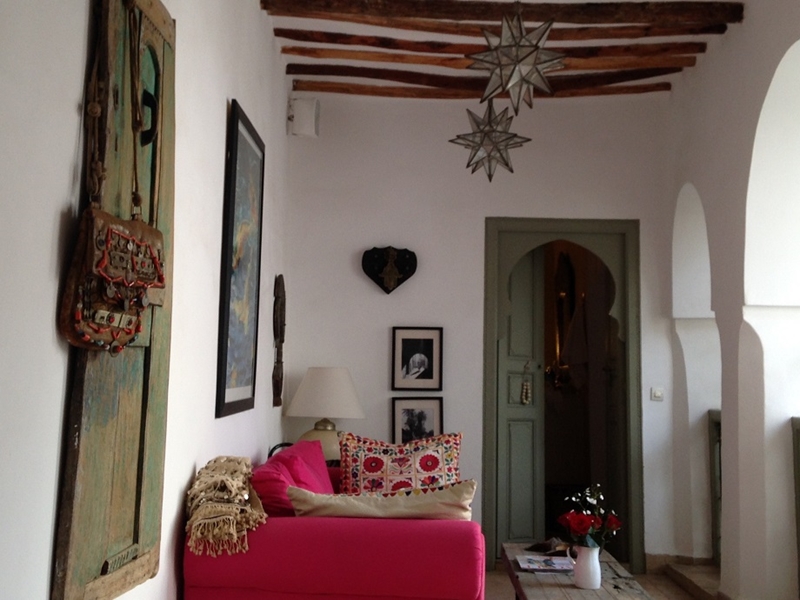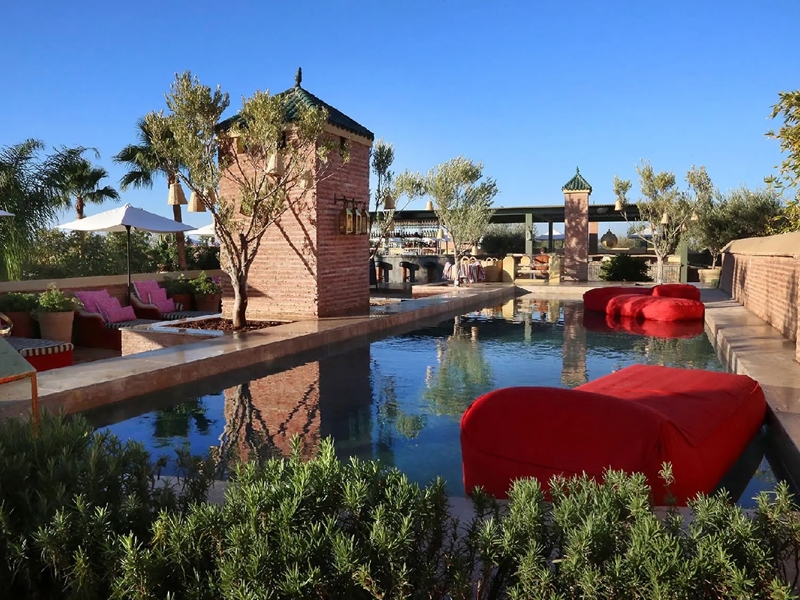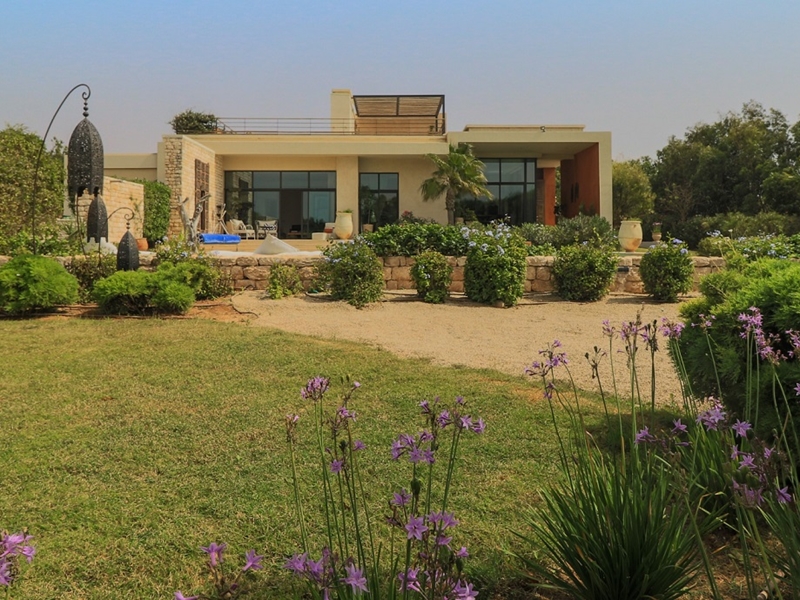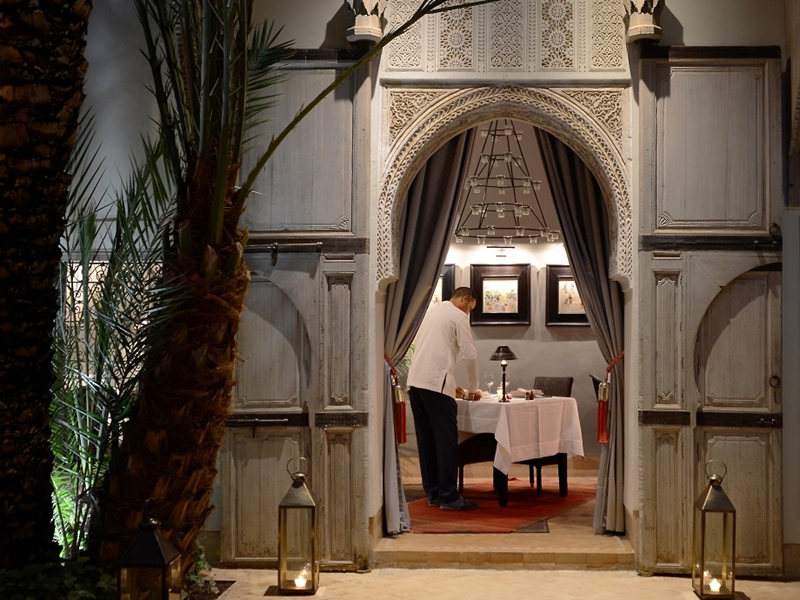Morocco History and Culture
Find out more about the history and culture of Morocco
| The Phoenician Era |
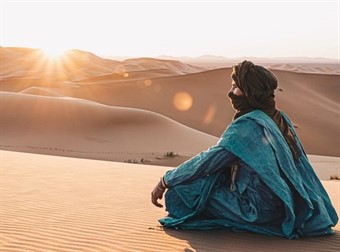
The history of this country really begins with the Berbers who have roamed these lands for thousands of years but the first written accounts from this part of the world came from the Phoenicians who sailed over from the Levant around 1000BC and set up a trading post at Lixus on the coast. The name Berber derives from the term barbaroi meaning 'not of our people' and was a term coined by the Greeks who came to trade at the outposts set up by the Phoenicians, and later the Carthaginians. The Berbers actually referred to themselves as Amazigh, meaning 'free people', and their monarchs ruled over the land until it was annexed by the Romans in the continued growth of their realm. Today, Berbers account for 40% of Morocco's population and many traditions are still upheld.
| The Roman Empire |
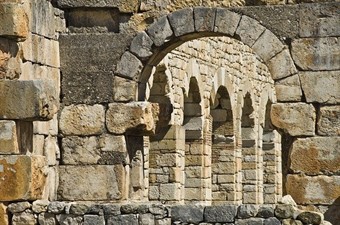
The Roman Empire certainly left its mark here when they rolled in off the back of conquering Carthage (located in modern-day Tunisia) in 146BC, building many important settlements in their expansive rule which lasted until the 5th Century Ad in this corner of the world. The metropolis of Volubilis, the ruins of which can be seen today, is by far the best example of the era left in Morocco.
| The Great Islamic Expansion |
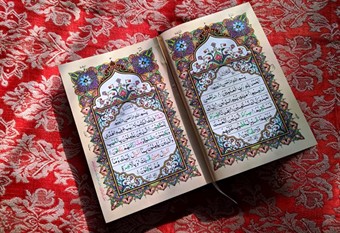
The Umayyad Dynasty - The Muslim conquest known as the 'Great Expansion' swept through Persia, the Middle East, and North Africa in the 7th and 8th centuries respectively, bringing with it the introduction of Islam under the Umayyad dynasty of Damascus. It was at this point that Arab general Oqba ibn Nafi named the land we know as Morocco 'al Maghrib al Aqsa' (sometimes 'Mahgreb'), meaning the furthest west, and remains its name in Arabic to this day.
The year 740 saw simmering tensions from the Amazigh people under their eastern rulers culminate in the Berber Revolt. This time marks the beginning of independence from foreign rule, at least until the 20th Century . . .
During this period, many Berbers converted to Islam in anticipation of an invasion into the wealthy Spanish peninsula. They fought alongside the Muslim armies and helped to establish Islamic civilisation for the following six centuries in Spain, evidence of which can still be seen today in the Moorish architecture of cities such as Granada and Seville.
Muslim dynasties fluctuated from the start of the expansion with the Umayyads through to the Alaouites in 1672, with popular King Mohammed VI of that succession still presiding over Morocco today. The rise of most dynasties came about through a need for reform but ultimately fell owing to greed and indulgence which weakened the leadership. Notable moments of this era include . . .
The Almoravid and Almohad Dynasties - The Almoravids ruled from 1062 under Berber leader Youssef Ben Tachfine and wife Zeinab, a formidable pair with vast political experience and wealth. Ben Tachfine is considered by many the founding father of Marrakech and used the city to launch his conquests of North Africa and Europe. The Almoravids built an 8-metre-high mud wall around the city along with an innovative underground irrigation system, known as Khettara, which is still being used to this day in the exclusive Palmeraie district. When not waging wars and conquering lands, the Almoravids let their hair down with a modus-vivendi of music and wine. This decadent lifestyle caught the attention of Mohammed Ibn Tumart, leader of the Almohads, who sought to quash these indulgent ways in favour of political reform in a written constitution and a return to the fundamentals of Islam. In 1147, the Almohads finally over-threw Ben Tachfine's regime after a two-year siege of Marrakech, which consequently was raised to the ground and completely redesigned and re-built by Yacoub El Mansour and his architects.
Alaouite Dynasty - Another notable player was that of the Sultan Moulay Ismail of the early Alaouite dynasty, thought by many to be the longest and most brutal regime in Morocco's history (1672-1727). The building of the city of Meknes was attributed to him and thousands died whilst constructing his vision. The despotic leader was said to have a penchant for public disembowelments of those who vexed him, and enjoyed a hareem of over 500 women, leaving a rather hefty legacy of 700 children.
| The Spanish Reconquista |
In the 15th Century, catholic monarchs Isabella I of Castile and Ferdinand II of Aragon launched a campaign to recapture towns and cities previously conquered by the Moors in the Islamic Expansion, and by 1492, Spain had succeeded in regaining control of all areas and Christian customs were re-instated. Many Jews and Muslims fled the country at this time, seeking sanctuary in Morocco.
| Europe's Influence |
In the early 20th century, there was one last scramble for Africa by countries of Europe in their desire to colonise, and the North of the continent was carved up between Great Britain, Italy, Spain and France, the latter gaining Morocco (with some northern territories going to Spain) in an agreement between all four. The country was at this point an independent nation ruled under the Alaouite dynasty which had been in place since capturing the city of Fes in 1666. Slowly but surely, the current Sultan's grip on Morocco was relinquished with the advent of French authoritarian control which lasted 44 years. Animosity and resentment at this foreign occupation grew and in 1944, an Independence party was formed with the backing of the Sultan at the time. Mohammad V. France attempted to invalidate this movement along with other uprisings in their colonies, but this backfired on them with a huge increase in terrorism. France had no choice but to concede to the demands and in 1956, Morocco re-gained its independence. Two small Spanish enclaves, Ceuta and Melilla located on the Mediterranean coast, are all that is left today of European rule. The legacy of France remains with the French language still being widely spoken, particularly in commerce.
| Looking forwards... |
After almost half a century of rivalry and insurrection following Independence, Muhammad VI of the Alaouite dynasty took to the throne in 1999, succeeding his father, King Hassan II. He brought with him a progressive attitude to reform with fairer human and social rights, and a more open system of governance shared with parliament. He was also keen to establish bonds with the West. There was a big drive to increase foreign investment and the rapid development of tourist infrastructure of Marrakech is testament to that. In fact, tourism in general accounts for approximately 15% of Morocco's GDP and the sector employs around half a million people.
The country is leading the way in Africa by playing a major role in the fight against climate change with an increase of renewable energy solutions being used, predominantly wind and solar power generated in the coastal and desert regions and boasts the largest wind farm and solar power plant on the continent.
Despite sporadic social protests and ongoing disputes concerning borders and territories with neighbouring Western Sahara and Algeria, this country of almost 36 million (as of 2020) remains largely peaceful in a time of unrest throughout much of the Arab world.
Morocco has cemented its place in the tourism market, particularly with the popularity and ease of city breaks to Marrakech from Europe, and the increase in budget airline routes to its cultural cities and arty coastal enclaves. Tourists seeking the unusual, the uncanny and the mysterious cannot help but be enchanted by what the country has to offer.

